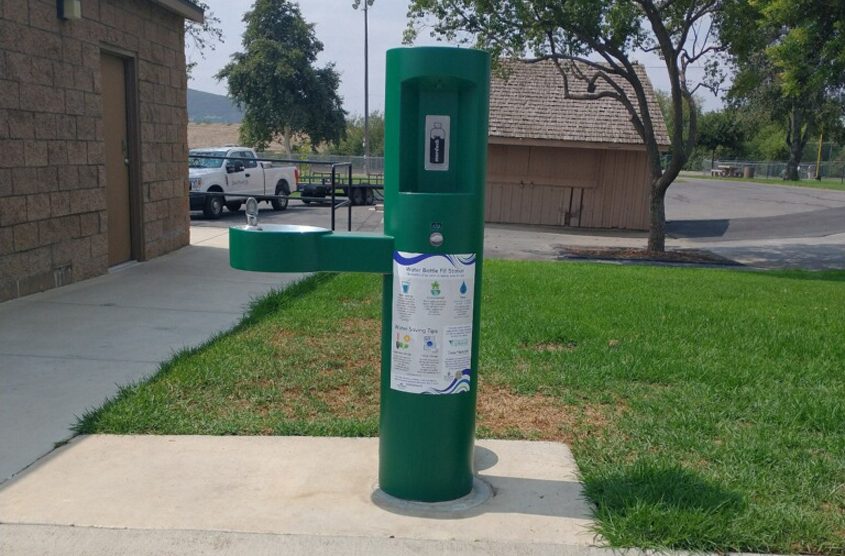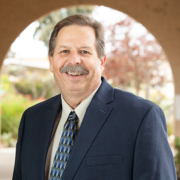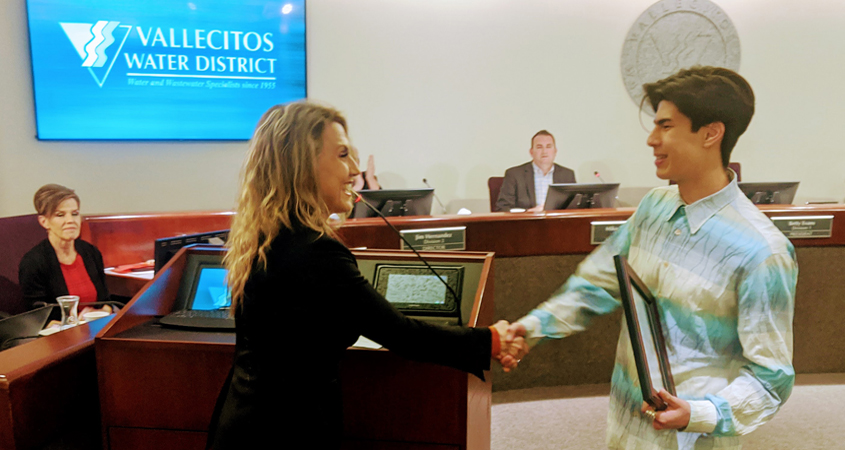Six Steps to WaterSmart Landscape Success
Every WaterSmart landscape added by a homeowner becomes a key part of the San Diego region’s water efficiency goals. By converting a turf-focused yard to a WaterSmart landscape, you have the potential to beautify your property, save money, and reduce maintenance. You also play a critical role in protecting and improving the health of our natural environment by cultivating native plants, retaining and minimizing stormwater runoff, and conserving water.
Why is turf the target? Our video explains the multiple reasons why
As outlined in the video, there are six distinct steps to successfully create a WaterSmart landscape.
Step 1. Identify your landscape target. What types of plants do you want to use? Which irrigation types suit those plants? These answers will help guide you through the design process.
Step 2. Create a basic plot plan. Making a plan of your existing landscape will help you visualize and reimagine your future landscape.
Step 3. Evaluate your site. Evaluate site elements such as soil, drainage, sun exposure, and views to identify opportunities and constraints. This knowledge is key to helping you make design decisions as you start the design process. It’s essential at this stage to pay special attention to methods of retaining stormwater.

Even if you don’t plan to install the whole project at once, you should create a complete master plan for your landscape, so the outcome is unified, including a WaterSmart planting and irrigation design. Graphic: San Diego County Water Authority
Step 4. Design your WaterSmart landscape. Even if you don’t plan to install the whole project at one time, you should create a complete master plan for your landscape, so the outcome is unified, including a WaterSmart planting and irrigation design. Verify your planned water use before starting construction and adjust if it doesn’t meet your original landscape target.
Step 5. Implement your plan. As you execute your plan step by step, take your time. Hire a professional if needed. Getting it done right is far preferable to rushing or tackling tasks too difficult or complex for you to complete properly.
Step 6. Care for your WaterSmart landscape. Learn the best practices for maintaining your landscape. Consider creating a maintenance schedule to help you keep on track. You can even use these maintenance techniques to help you save money in existing landscape areas that have not been upgraded.
______________________________________________________________________

(Editor’s Note: The San Diego County Water Authority and its 24 member agencies offer programs, resources, and incentives to improve water-use efficiency for residential, commercial, and agricultural users. WaterSmart Living is a way of life in the region. Stay WaterSmart San Diego! For more water-use efficiency resources, go to WaterSmart.SD.org.)






















